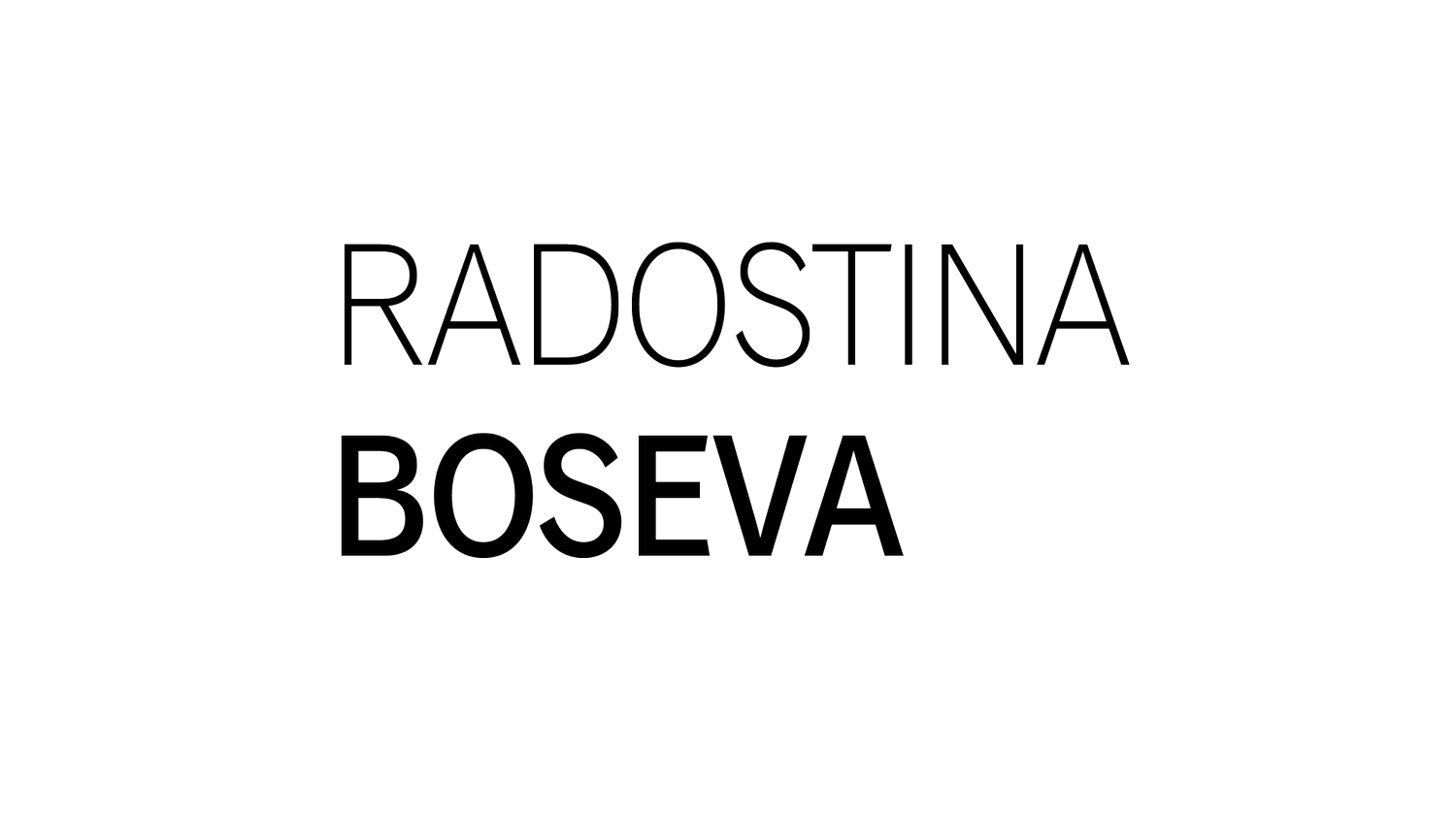If you’ve found your way to this hidden page, you’re likely a guest at Carmella and Aaron’s wedding weekend in Carmel, California.
Or maybe, like me, you’re someone who lingers in the slower, tactile moments — someone who finds meaning in things that can’t be instantly explained. Maybe it's the scent of expired film, or the weight of a camera built before the internet.
Whatever brought you here — curiosity or love for all things analog — welcome.
I created this little corner out of obsession. The kind that comes with collecting, preserving, and honoring tools that were once part of someone else's life. Every camera I use tells a story — of craftsmanship, imperfection, and sometimes heartbreak. I often wish I had more time to talk about these things on a wedding day. But it moves fast. So this is where I keep the slower details.
The CAMERAS
KONICA AA-35 “REPORTER”
At Carmella and Aaron’s wedding, I left two small cameras — one in each suite. These are half-frame cameras, meaning you get 72 images instead of the standard 36. Double the frames, double the chance to catch the quiet, in-between moments.
The black Konica was once owned by a Bulgarian photographer named Sevdalin. He was ill and selling his beloved collection — not asking for charity, but dignity. That camera traveled to me through hands that loved it for decades. The champagne one? Found in a tiny camera shop in Tokyo, tucked between shelves of forgotten lenses.
So go ahead, grab that little camera and let’s be creative.
HOLGA
Plastic. Imperfect. Beautiful. This camera was originally created for working-class families in 1980s China. It’s unpredictable and ghostly — often giving me results I never planned. Which is exactly why I love it.
Nikon F6 / the last man standing
The Nikon F6 is the final 35mm film camera Nikon ever made. It’s a machine’s machine — precise, weighty, quiet. It doesn’t ask for attention, and yet it commands it. I use it when I want control, when the light is changing fast, when I need to know the camera will never get in the way. It’s my silent partner on fast-paced wedding days.
Contax G2/ the rockstar
If I’m not carrying the Nikon F6, it’s the Contax G2 that comes with me. This is a rangefinder camera — compact, almost too beautiful to be this capable. Sleek titanium body, razor-sharp Zeiss lenses, and that whisper-soft shutter sound.
It’s a camera that’s both precise and poetic. I use it when I want to disappear a little — when the scene is unfolding quietly and I just want to follow it, not control it. There’s an intimacy to the photos it produces. A closeness. Almost like you’re remembering something, not just seeing it.
HASSELBLAD H2
This is the one I turn to when everything needs to feel sculptural and grand. Medium format. Swedish engineering. The Hasselblad H2 is like photographing with a small tank — it’s heavy, yes, but it forces you to slow down, to look with intention. It's often the camera behind the black-and-white portraits you see in my galleries — the ones that feel like they could live in a museum.
INSTANT FILM / POLAROIDS
We call them Polaroids, but mine are actually Fuji Instax Wide. I love the tones — especially on skin. This is the camera I pull out during cocktail hour or when the energy softens. Instant photos feel like little time-stamped secrets. Guests often forget I’m there, which is the best time to shoot.
CONTAX 645
This is my forever camera. If it’s daylight, you’ll find it in my hands. It’s fast, quiet, and sharp — with the Carl Zeiss 80mm f/2 lens, which I still believe is the best lens ever made. I own two, and even adapted one for my digital work. This is the camera I trust when nothing else is working — and it’s never let me down.
Pentax 67ii
This one’s different. She’s too slow, too heavy, too loud for wedding days — but when I travel, or shoot portraits, she’s the one I carry. Peter Lindbergh used it for the legendary Brooklyn Bridge supermodel shoot. That story alone convinced me to get mine. The lens I use — a Takumar 105mm f/2.4 — once had rumors swirling about radiation. I had it tested by a friend who visited Chernobyl. (It’s safe.)
The truth is, this camera isn’t about perfection. It’s about emotion. Gravity. Presence. You only get 10 frames per roll. You don’t waste a single one.
A Final Note
Film is slow. Film is intentional. It doesn’t rush, and it doesn’t pretend.
It captures truth — not perfection.
What I shoot is not just what happened — it’s how it felt.
And while digital photography often tries to impress, film simply is.
Thank you for being here. If you’re curious about anything you’ve seen — or if you just want to talk about your favorite camera, or the best photo book you’ve ever held — write me. I love a good story.





















